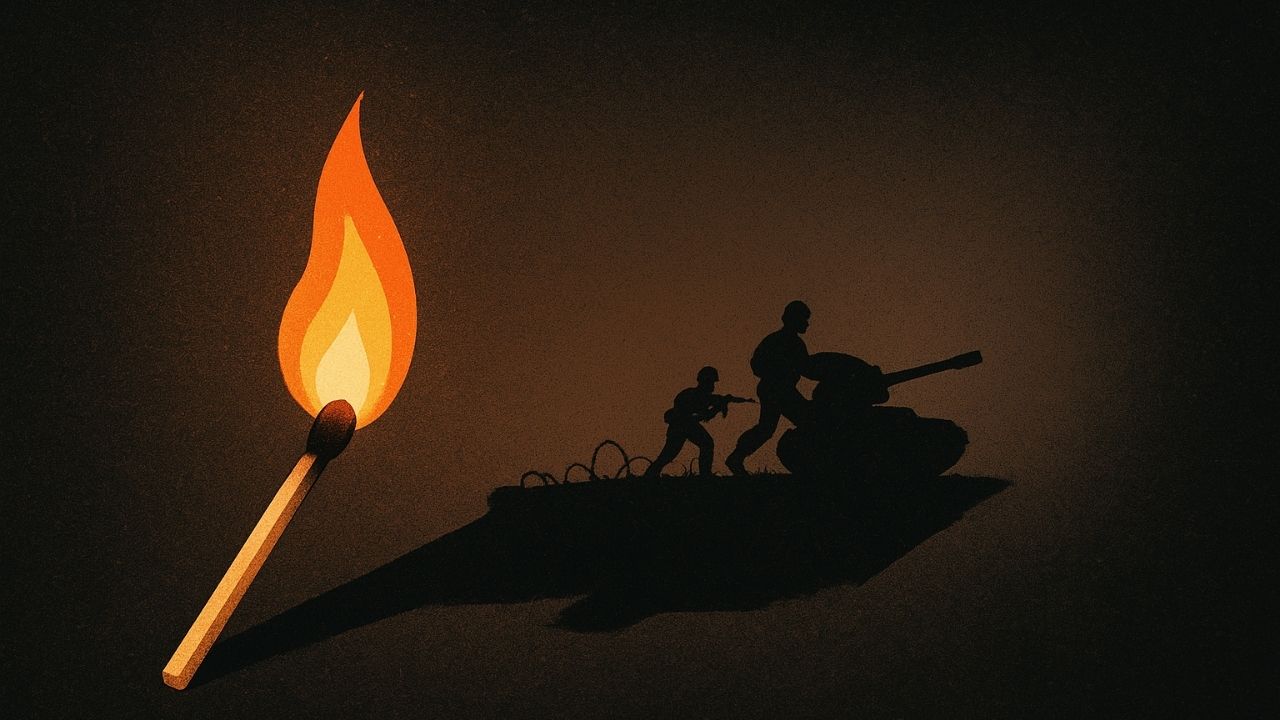

139 Baker Street
London, United Kingdom


History teaches us a sobering lesson about the fragility of peace: incidents can cascade into devastating global conflicts when they occur within volatile geopolitical environments. Yet this reality remains largely invisible to most people until catastrophic “strikes.” Understanding these dynamics, and educating others about them, is precisely why peace initiatives like Destination Peace serve as vital preventive instructional organs for our world.
Consider how a single gunshot in 1914 plunged the world into unprecedented carnage. Archduke Franz Ferdinand’s assassination by a lone nationalist didn’t inherently demand a global response, but it struck the match in a powder keg of alliance systems, imperial rivalries, and nationalistic fervor.
Similarly, disputed naval encounters in the Gulf of Tonkin escalated American involvement in Vietnam from advisory support to full-scale warfare, while Soviet intervention in Afghanistan transformed a local insurgency into a decade-long proxy war.
These patterns repeat because societies fail to recognize the warning signs until it’s too late.
The cost of ignoring these realities is measured not just in military casualties, but in decades of economic devastation, displaced populations, and social trauma that reverberates across generations.
When we don’t teach citizens to recognize the escalatory dynamics that transform minor incidents into major wars, we leave them defenseless against the very forces that could destroy their communities.
However, history also demonstrates the transformative power of peacemaking gestures when people understand their importance. For example, at age 24 witnessing live on TV Egyptian President Anwar Sadat’s unprecedented 1977 visit to Jerusalem that transformed the Middle Eastern landscape through a single act of diplomatic courage. Even earlier as a young child watching live TV news reporting during the Cuban Missile Crisis, Kennedy and Khrushchev’s conscious choices toward restraint prevented nuclear warfare, decisions informed by their understanding of escalation dynamics.
Organizations like Destination Peace make these invisible realities visible, teaching communities to look beyond words, promises, and speeches to examine the proven track records of leaders. By bringing awareness to patterns that most people never notice, how “alliance systems” create domino effects, how symbolic gestures can either inflame or heal tensions, how individual choices in crisis moments shape history, such initiatives serve as society’s early warning system. True assessment of leadership requires examining actual decisions under pressure, not campaign rhetoric or diplomatic niceties.
Just as history shows how overlooked sparks ignite global fires, today’s political landscape reveals how ignored records of candidates will shape our collective fate.”
In an age where campaign slogans often mask destructive legacies, peace education trains citizens to discern substance from spectacle.
The lesson is clear: peace education isn’t an academic luxury but a practical necessity. When societies understand how wars truly start and how peace is built, they become equipped to prevent the former and achieve the latter.